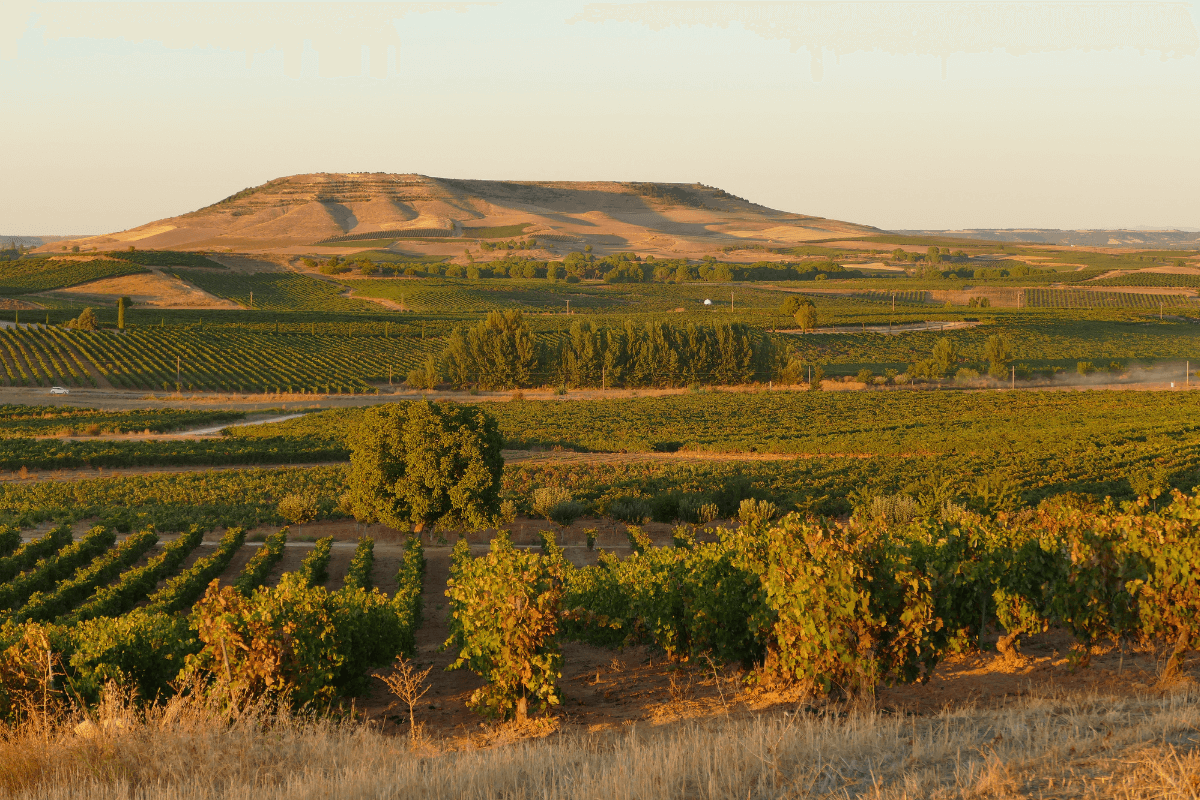Piemonte in north west Italy is probably my favourite wine region. For me it has the perfect combination of idyllic scenery, delicious food and the sublime wines. I’ve just returned from my third trip there and am keen to share its vinous charms with other oenophiles. Most famously this unique and beautiful area is the home of Barolo and Barbaresco but there’s lots more besides. Here’s a brief guide to the wine styles of the region, coupled with some suggestions from our range so you can experience them for yourself…

Barolo and Barbaresco
It seems unfair to bundle these two great regions together as entire books could be written about each of them, but they do share some common characteristics. These wines can only be made in specific zones (divided into multiple ‘communes’) to the West (Barolo) and East (Barbaresco) of Alba, both must be made from 100% Nebbiolo. Barolo wines must be aged for a minimum of three years, eighteen months of which must be in oak barrels. Barbaresco must spend a minimum of nine months in oak, with a combined minimum ageing requirement of two years. Producers differ in their preference for using exclusively large wooden casks to age the wines, or smaller French oak barrels which impart more oak flavour. The result in both cases is a formidable red wine with good acidity and tannic structure that often needs a minimum of five to ten years ageing in bottle to show at its best. The best wines continue to soften and gain complexity for decades – the great wines of the 1980s still have a fine future ahead of them!
Wines to try:
Barolo Castagni, Michele Reverdito, la Morra, Italy 2009 (£24.50) – from the delicious and approachable 2009 vintage, this single vineyard Barolo is unbeatable value.
Barolo, Bava, Cocconato d’Asti, Barolo Classico, 2005 (£35.00) – true to Barolo’s form as a wine for ageing, this example is just hitting its stride. A delicate and savoury style with aromas of red berries, rose petals and hints of truffle.
Barbaresco ‘Gallina’, Azienda Vinicola Ugo Lequio 2007 (£32.50) – from the highly regarded Gallina vineyard in the commune of Neive, this is a delicate and ‘feminine’ example of Nebbiolo which can be drunk now or cellared for at least five years.
Langhe Nebbiolo
This wine is also 100% Nebbiolo, and often comes from vines that are within the Barolo and Barbaresco zones but are considered too young to make it into the top wines. The fruit can also come from Nebbiolo vines that are in the Langhe but outside of the designated zones. Ageing times vary from a year or more in oak to a short period of time in stainless steel. This style is regularly to be found (alongside Barbera and Dolcetto) on the lunch and dinner tables of the local residents – a delicious medium-bodied but full-flavoured wine that can give an insight into the wonders of Nebbiolo for a fraction of the price of its more prestigious cousins.
One to try:
Reverdito, Nebbiolo, Langhe Simane, 2010 (£14.50) – from the superbly balanced 2010 vintage, this is a full-flavoured and medium-bodied wine that will match with a wide variety of foods.
 Barbera
Barbera
Barbera is produced all over the Langhe, in two main denominations: Barbera d’Alba and Barbera d’Asti. This grape is made into various styles, some are light and fruity and designed for immediate drinking, while others are more powerful and can improve in bottle over the medium term. It is normally less tannic and more approachable than Barolo, but retains good acidity making it a very versatile food wine.
Wines to try:
Barbera d’Asti Casareggio, Agostino Pavia & Figlo, Italy 2012 (£10.00) – a light and fresh style of Barbera, bursting with crunchy red fruit and backed up by hints of spice. This is great for any occasion.
Barbera d’Alba, Vigna Pozzo, Renato Corino 2009 (£24.00) – this represents the richer, more opulent style of Barbera. Full bodied with aromas of brooding, dark fruit and creamy new oak influence, this wine is drinking very well already but will continue improving for at least another five years. £24.00
Dolcetto
Dolcetto is perhaps the most humble of the red grapes of the Langhe, but makes delicious and versatile wines that show the lighter, easier drinking side of the region. Lower in acidity and tannin than Barbera and Nebbiolo, Dolcetto is the perhaps the number one choice for an antipasti wine. Some producers make more ambitious, structured versions that can age in bottle for one or two years, but for the most part Dolcetto is best drunk young.
Bruno Giacosa, Dolcetto d’Alba, Piedmont, 2012 (£16.50) – from one of the region’s most prestigious producers, this is quintessential Dolcetto. Plenty of sweet, ripe fruit aromas on the nose are followed by red cherry and herbal notes on the palate, the finish is dry with a refreshing lightness.
Arneis
The Langhe’s own white variety is an understated, delicate one. Subtle but perfumed, the best examples are usually unoaked and at their best when drunk young. This grape is a speciality of the Roero region to the north of the Barolo zone, where it is sometimes blended with Nebbiolo to enhance the perfume of the red wines. Arneis is a great aperitif, where its zesty, floral notes never fail to stimulate the apetite.
Roero Arneis ‘le Madri’, Michele Chiarlo, Piedmont 2012 (£16.50) – a beautifully fresh and delicate white, full of lemony fruit and touches of white blossom.
If you would like to try a selection of these wines we’ve put together a Perfect Piemonte case which will be available throughout September. If you buy the case you’ll save £32 over the cost of buying the bottles individually.



